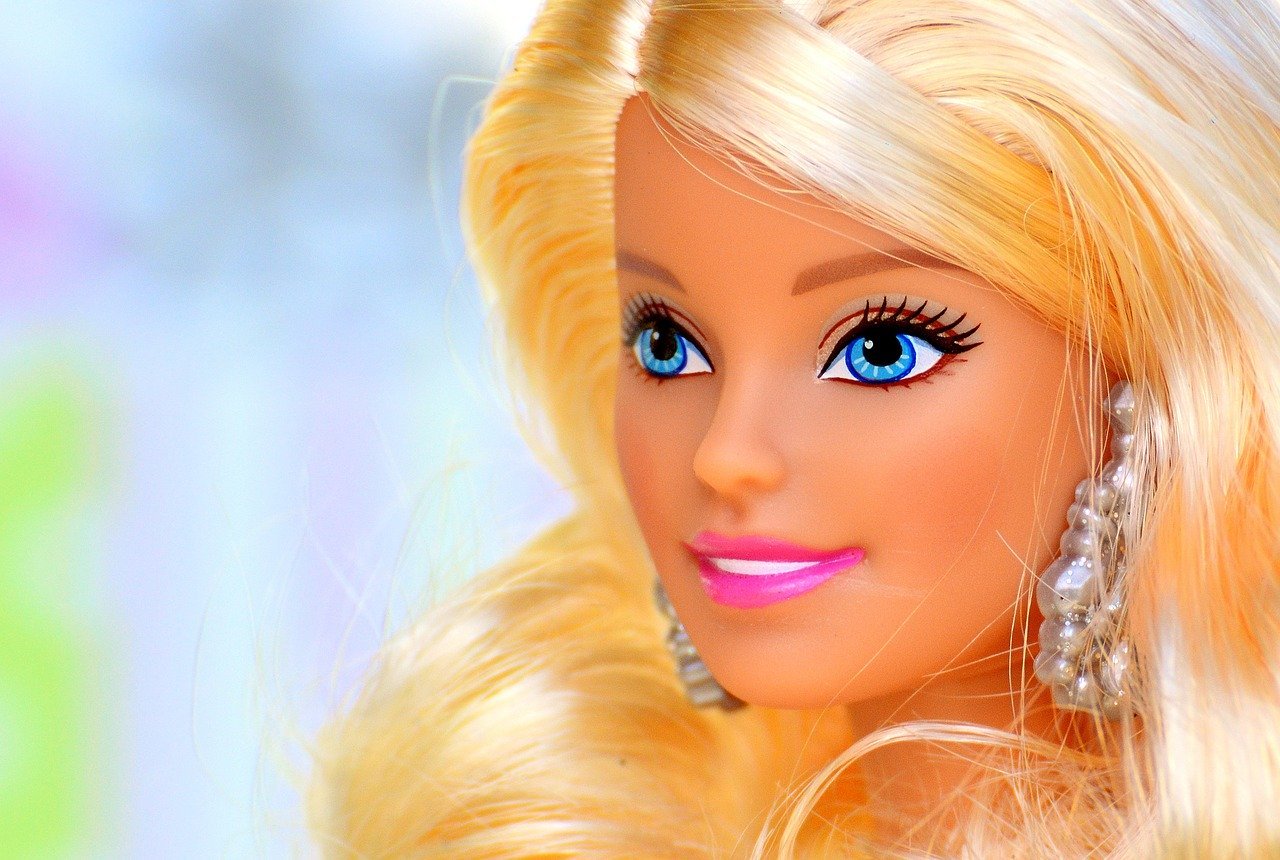
Open Daily 10am - 5pm
12,000sq.ft. of amazing items!
Free and easy parking!

My wife tells me I’m focusing too much on “guy stuff” categories and it’s time for something warm and fuzzy. Thus, let’s talk about Barbie.
The quintessential mid-century girl, Barbie was conceived in 1959 by Ruth Handler, co-founder of Mattel and keen observer of what youngsters liked to play with. Until that time, dolls were mostly infants but Handler recognized the need for a young adult doll that children could relate to. Named after her daughter, Barbie Millicent Roberts debuted at the New York Toy Fair in 1959 and was an immediate hit. More than 350,000 were gobbled up that first year and some one billion Barbies have been sold since. She remains one of the best-selling toys of all time.
Despite her initial success, Barbie was not embraced by everyone. Some saw her as an over-privileged manifestation of the leisure class while others were concerned that a working girl was too liberal an image for the age. Nonetheless, her popularity continued to grow.
First-generation Barbies from the so-called “Vintage Era (1959-1966) remain the most valuable today. Early versions had either brunette or blond hair and came with a substantial back-story. Barbie was from Willow, Wisconsin and achieved success as a teen fashion model. She usually came with a ponytail, heavy make-up, a touch of jewelry, and stood upright thanks to flexible legs mounted on a plastic stand. Variations in jewelry, clothing, make-up, and eye color soon followed. A red-haired Barbie was introduced in 1961, and names like Bubblecut, Fashion Queen, Swirl Ponytail, American Girl, and Color Magic became objects of adoration for grade-school females everywhere.
The year 1961 also saw the debut of Ken for the first time. Named after Handler’s son, Ken was the all-American boy: athletic with a strong jaw and good hair. Ken was lilly-white until the early 1980s when Kens of color were first introduced. While never as successful as Barbie, Ken was nonetheless a popular doll and remains so today in all his hues.
In 1967, the “Mod Era” began with new models reflecting the times. Some bore a striking resemblance to Jackie Kennedy while others wore boots and hip-huggers. In 1971 a talking Barbie was introduced with a pull-string in back that prompted a few hard-to-understand phrases. Most of these will no longer talk but those that do command premium prices among modern collectors.
Other eras followed with hair and fashion ever changing. Variations in small features can have a big impact on value. The fact that certain Barbies have individual fingers while others have hands molded together does not go unnoticed by enthusiasts. In general, markings, feet, hands, and hair are the most substantive details with hair being the most important. The most expensive Barbie sold to date changed hands in 2010 when a designer-enhanced version sporting real jewels sold for $302,500. Other custom or commemorative examples have sold well into five figures and there remains a very active collector’s group around the world. It has been calculated that today three Barbies are sold every second. While other toys come and go, Barbie has remained eternal.





We’ll email you about the latest events, sales, and general store updates.

Our antique gallery is located just south of downtown Palm Springs, with free parking and air conditioning throughout.
Open Daily: 10am – 5pm
505 E Industrial Pl.
Palm Springs, CA 92264
© Copyright Antique Galleries of Palm Springs 2024